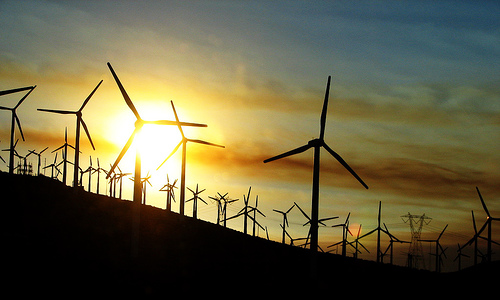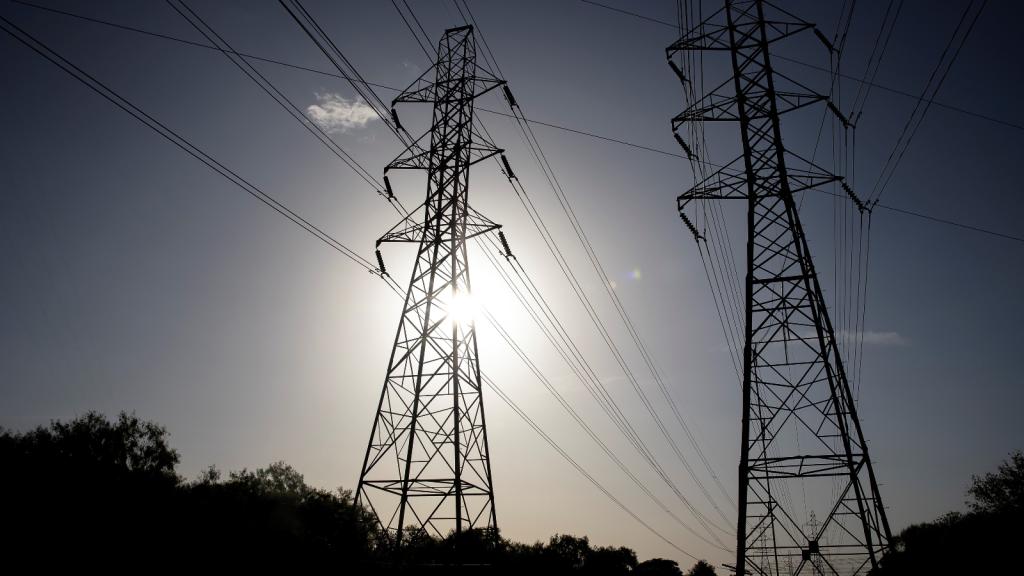This post originally appeared on Energy Self-Reliant States, a resource of the Institute for Local Self-Reliance’s New Rules Project.
Have wind developers hit a financial sweet spot above which more turbines results in disproportionate land acquisition and lease costs? Are crane and construction economies of scale no greater? Are NIMBY concerns mitigated with a smaller number of turbines?
Wind generation may be growing rapidly in the United States, but the size of wind farms — measured by the number of turbines — is not. Rather, wind farm capacity grows largely because of increasing turbine size.
The reason is unclear, but the following chart illustrates how the capacity of the average American wind project has more than doubled [PDF] in a decade (to nearly 90 megawatts in 2009), but that almost all that growth can be attributed to a more than doubling in the average turbine size (from 0.71 megawatts to 1.74 megawatts).

Interestingly, the growth in wind farm size has continued despite evidence that smaller wind farms (five to 20 megawatts in capacity) are the most economical. One community wind developer in Minnesota suggests that this is due to easier interconnection and financing for smaller projects.
Perhaps American developers are having a similar experience as their German counterparts, where that country’s 27,000 megawatts of wind power is spread over 3,300 wind projects with an average project size of 9 megawatts.
Wind power growth continues to accelerate, but wind farm sizes have not.


